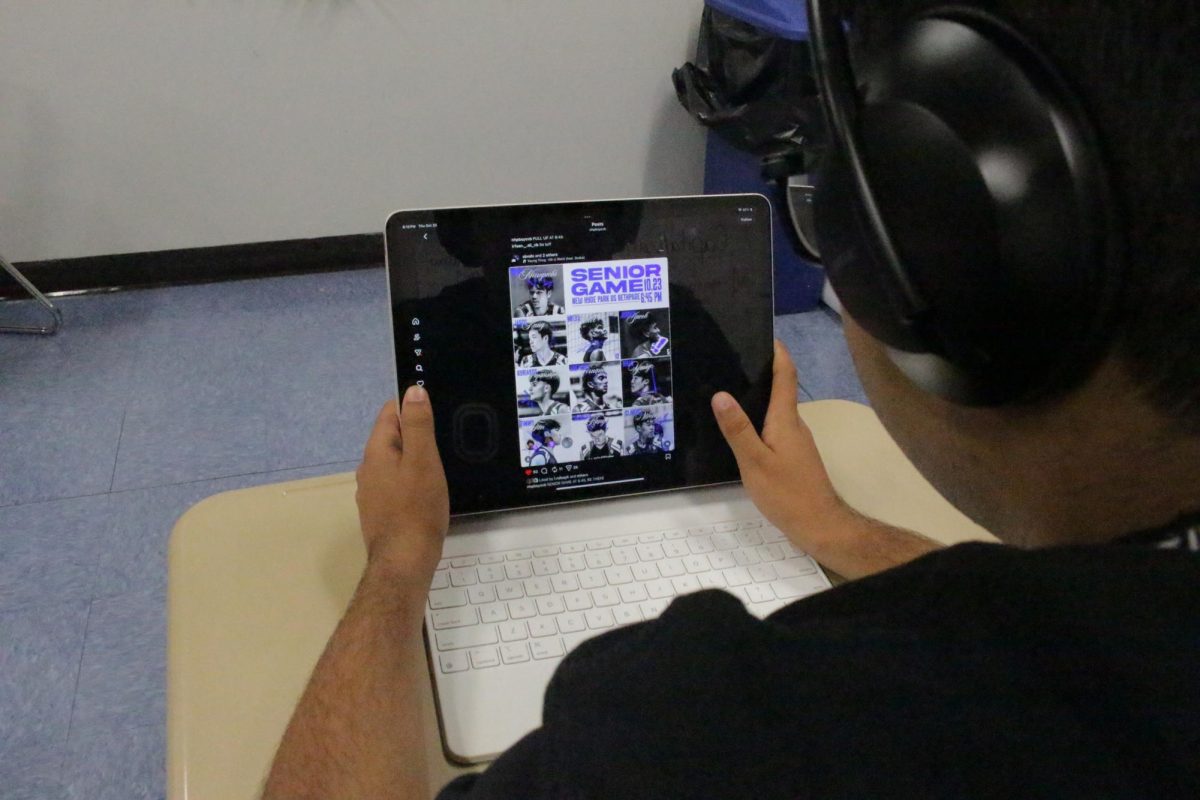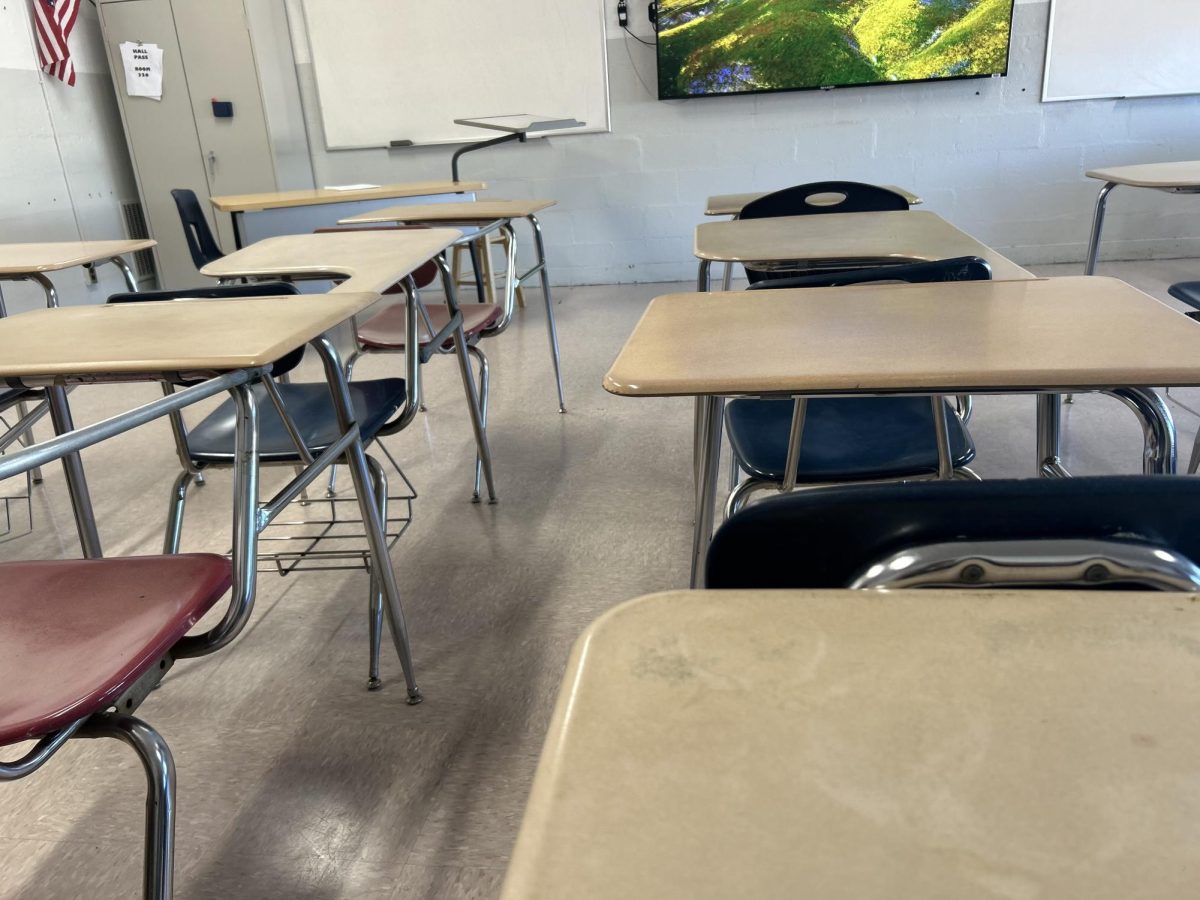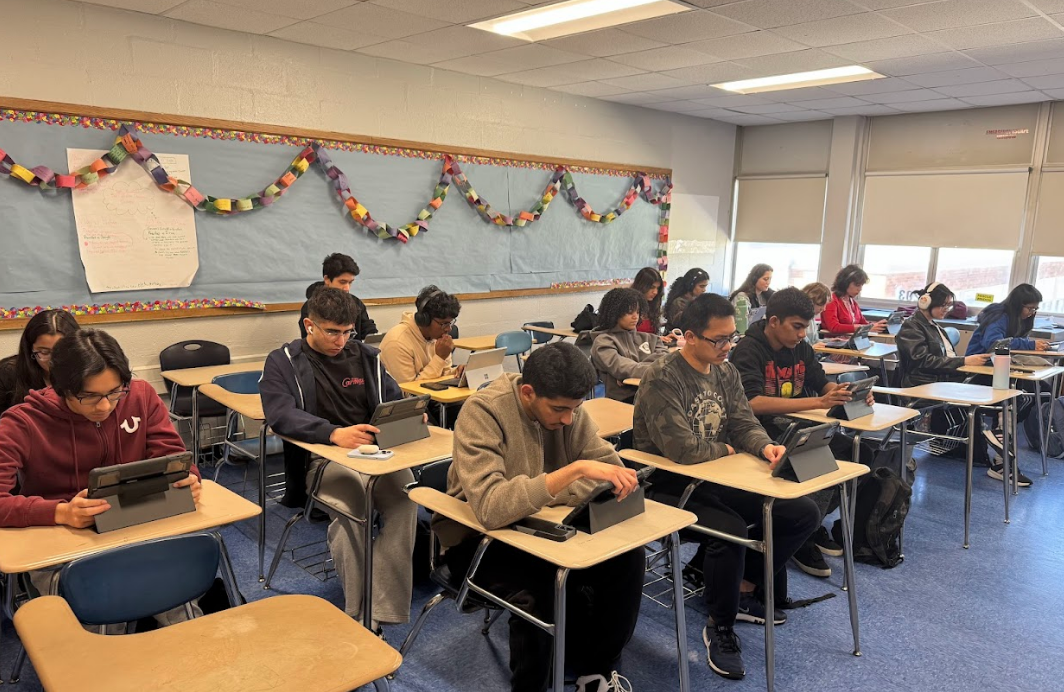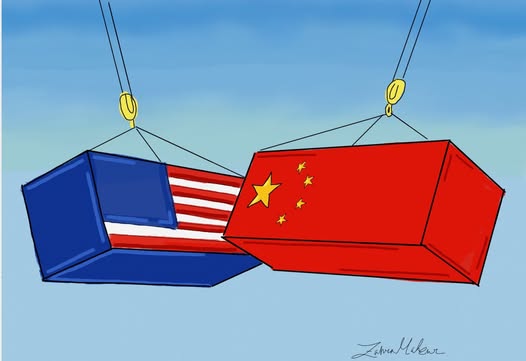In early 2025, the United States launched a sweeping series of tariffs against several of its top trade partners, including Canada, the European Union, China and Mexico. These measures, introduced under the Trump administration as part of a renewed effort to bolster American industries, have had ripple effects across the globe. While the headlines might feel distant, small changes in prices and everyday purchases are beginning to quietly affect life in communities like New Hyde Park.
The new tariffs, ranging from 10% to as high as 34%, apply to thousands of imported goods. China, for example, faces a 34% tariff on many exports to the U.S., while Europe, Canada and Mexico are seeing similarly steep rates on products ranging from electronics to groceries. These moves are part of a broader strategy aimed at reducing U.S. reliance on foreign imports and addressing long-standing trade imbalances. But the push for economic nationalism has sparked retaliation from other countries and quietly driven up prices on everyday goods.
Though students at New Hyde Park Memorial might not be reading trade reports, they have started noticing higher prices in familiar places. Imported fruits, snacks and dairy products, especially those from Canada and Mexico, have seen small but steady price increases. Grocery costs have increased across the country, driven by the new tariffs. For many families already balancing rising costs, even a few extra dollars a week matters, with tariffs being a key factor.
“It’s weird to think that international politics are affecting what’s in our fridge. It shouldn’t be like that,” sophomore Hedia Ninan said.
“My parents have pointed out that things are creeping up in price, and I’ve been hearing more jokes about it from people, too,” sophomore Bea Navarro said. “You feel it more than you talk about it.”
Some stores that rely heavily on international suppliers, such as candy and specialty food shops, have been hit hard. Economy Candy in NYC, for example, has seen major shifts in pricing due to the increased cost of imported goods.
“Even if students aren’t following every detail of U.S. trade policy, they notice when things around them change,” social studies teacher Ms. Madigan said.
For now, the trade war resembles a slow burn rather than a crisis. With retaliatory tariffs still in effect and no formal resolution in sight, consumers can expect further market volatility. Economists have warned that if the trade tensions persist into the next fiscal year, additional sectors, such as construction and clothing, could see cost hikes.
Whether or not students are fully tuned in, the reality is that these global moves shape more than just headlines, they shape the cost of groceries, electronics and daily essentials. While the broader trade debates continue in Washington and global capitals, the local consequences at NHP are being felt one receipt at a time.

































